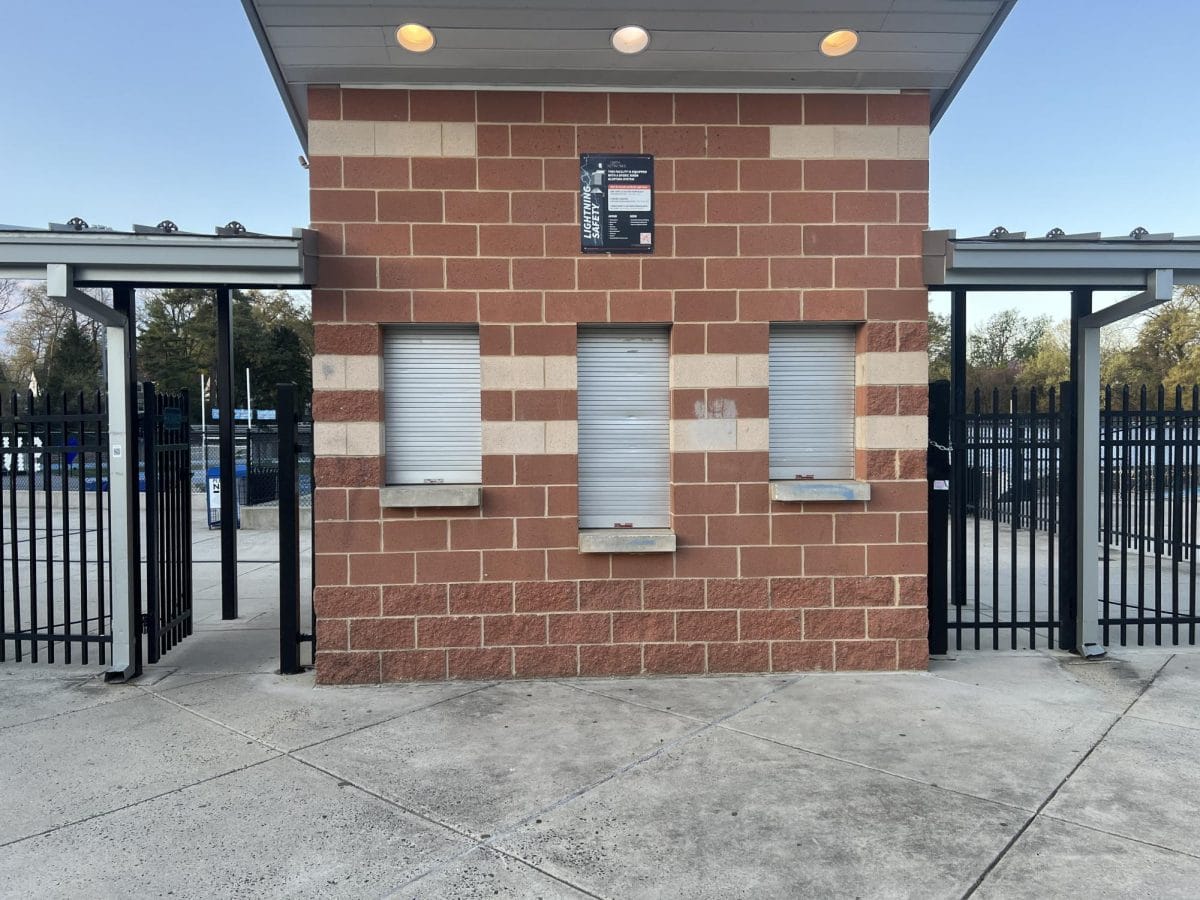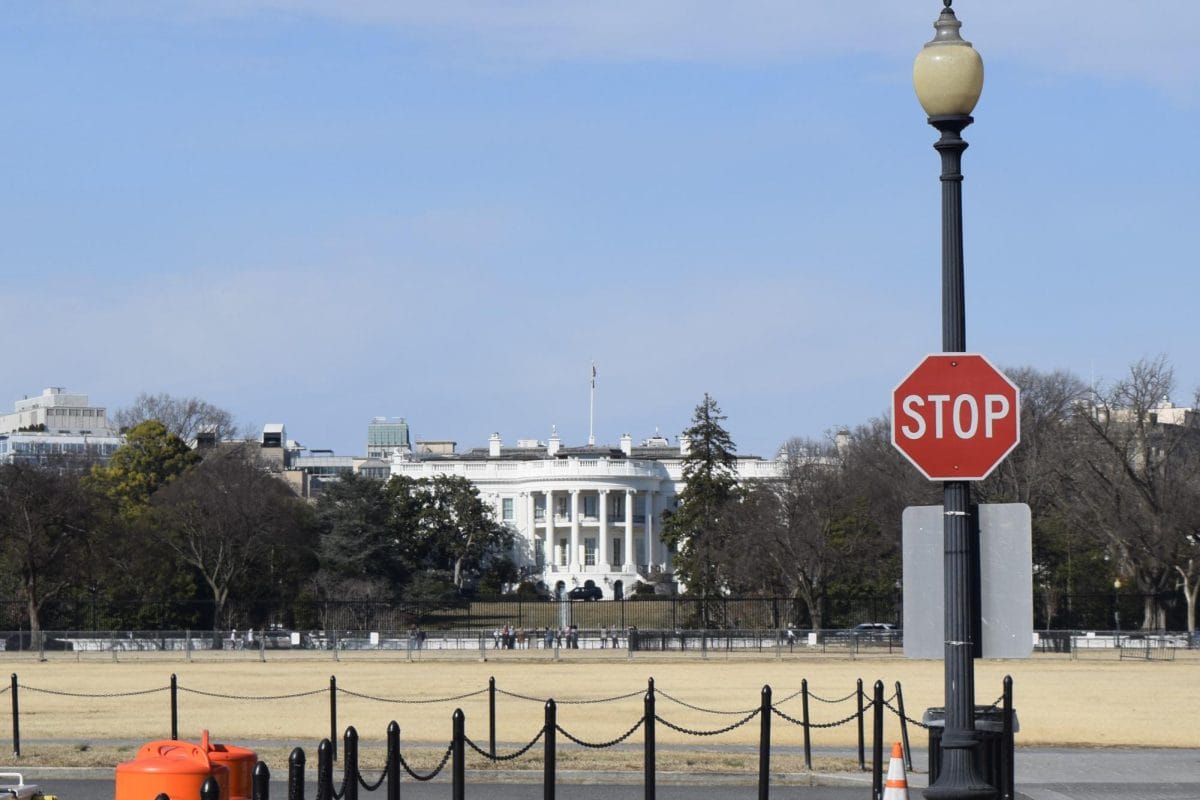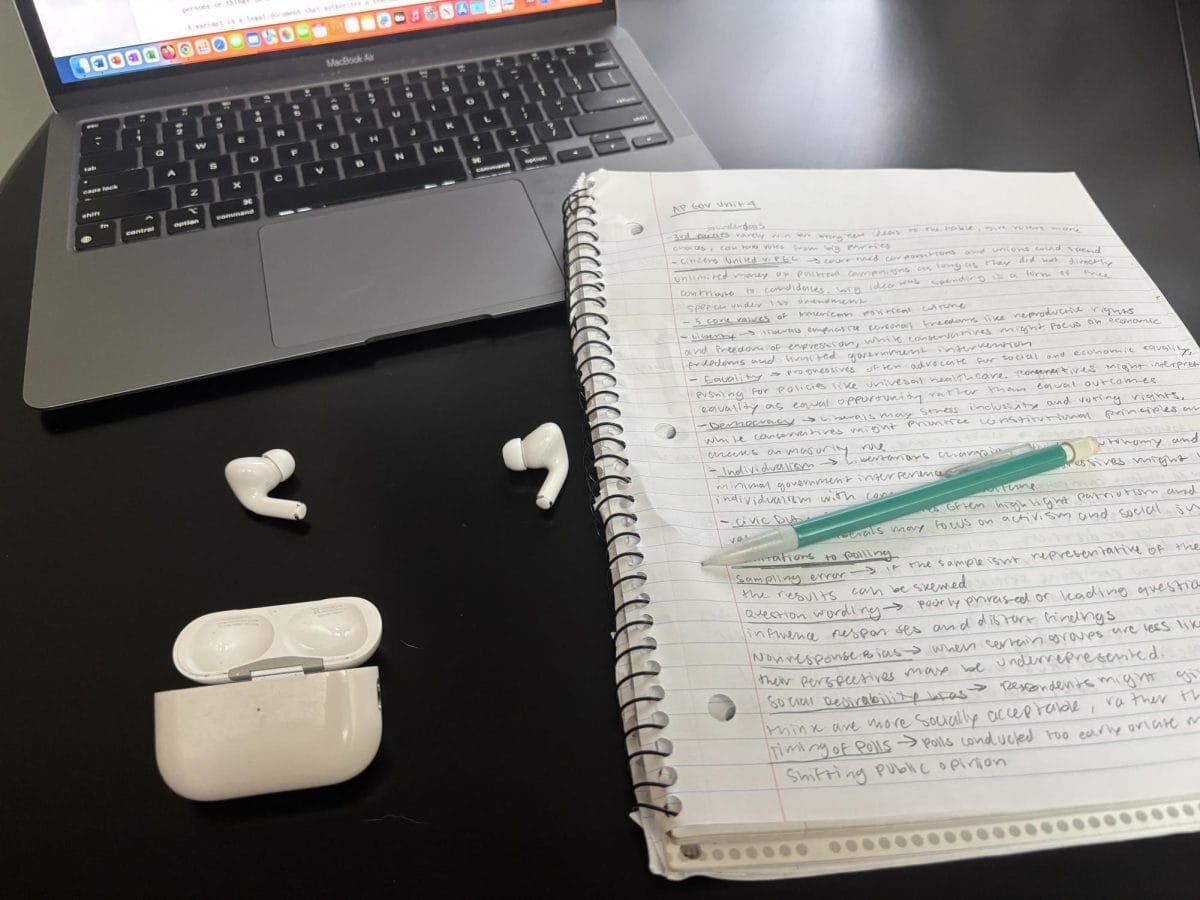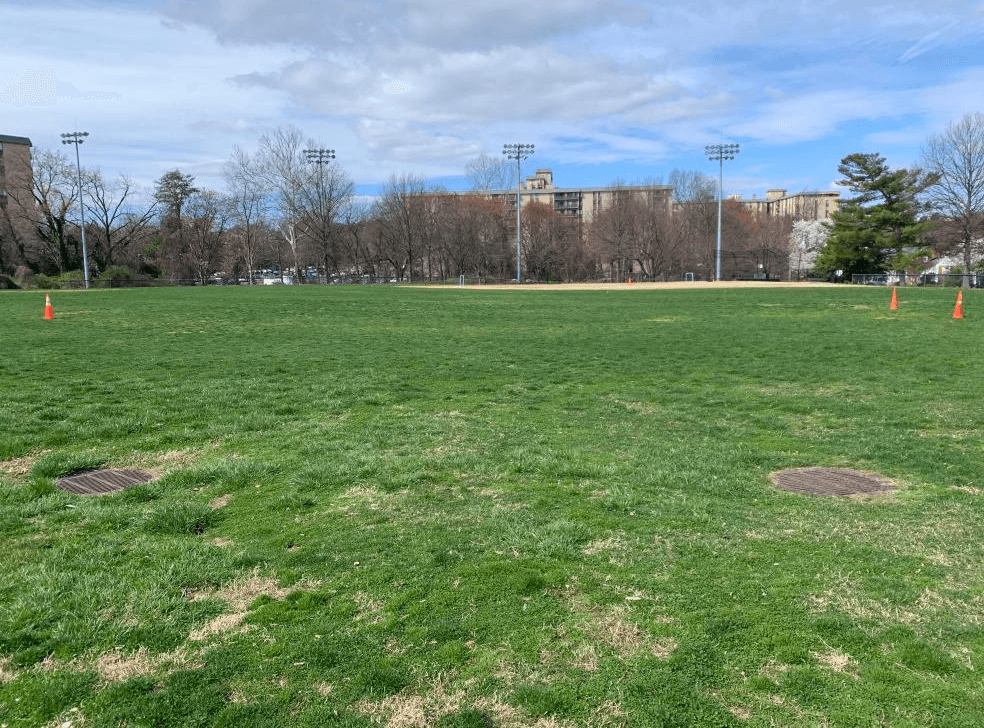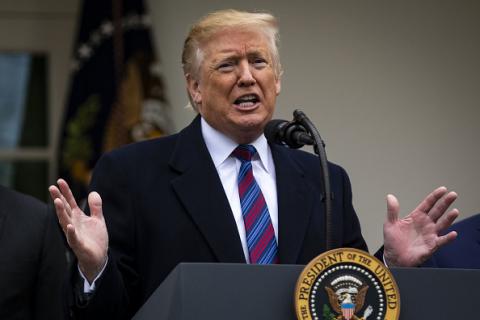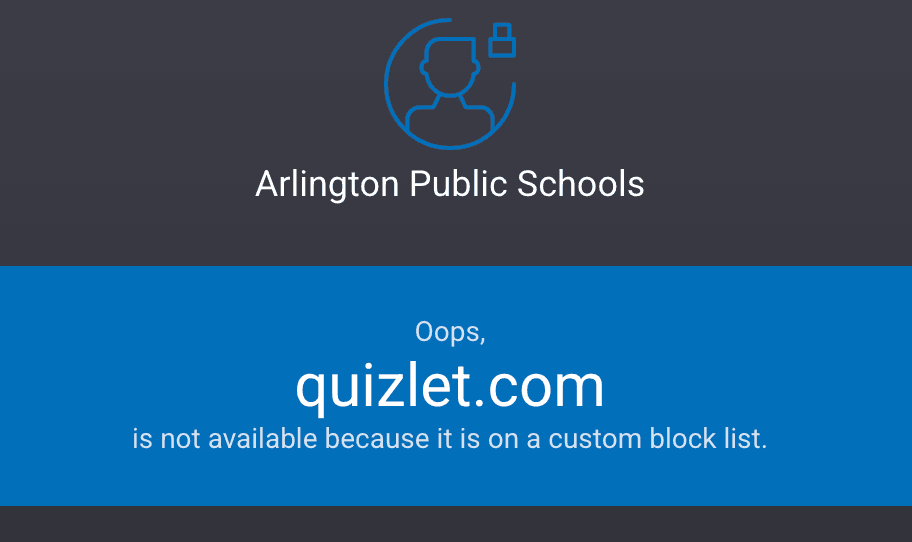By February 15, 2019, President Donald Trump was thoroughly fed up. For the last two years, the border wall which he had promised his supporters on his campaign trail was struggling to get funding, and many were beginning to theorize that it would never get built. To fulfill his plan to curb illegal immigration, the president needed anywhere between $15 and $70 billion in funding for the border wall – and Congress was not keen on giving it to him. Without congressionally approved funding, there seemed to be little hope for Trump’s wall, and nearly all signs indicated that he was losing an uphill battle.
However, there was a loophole. By declaring a national emergency, Trump could bypass Congress’ refusal to fund the wall, the only obstacle to doing so would be finding justification for declaring a state of emergency. As such, Trump stated that illegal immigration across the Mexican border was supposedly increasing, thus, to his reasoning, bringing a higher volume of drugs and criminal activity into the country.
Opponents of the declaration had objections to this reasoning. As many of these opponents stated, US government statistics actually suggest that illegal border crossings have decreased in recent years, meaning not only that the president’s justification for a national emergency may be fundamentally flawed, but also that the issue which the wall hopes to address may already be solving itself. On top of that, another common objection was the means by which funding would be acquired. Declaring a national emergency does not mean that Congress has to submit to the president’s will, it only means that the president is able to pursue funding through other means, notably defunding other government projects. With a state of emergency in place, Trump is able to divert $3.6 billion from military construction projects, and, ironically, $2.5 billion from counternarcotics programs.
Resistance to the declaration was quick to emerge. Lawsuits appeared on the same day, and Democrats soon introduced a resolution bill to the national emergency, which has gathered bipartisan support, notably from Senator Rand Paul (R-KY). With three other Republican senators also stating that they plan on voting in favor of the resolution, Senate Democrats now have the majority needed to pass it. While Trump has since stated that he plans to veto the bill, bipartisan opposition introduces a new and unique problem for the president to deal with: maintaining the support of the GOP.
Such a quandary was formally introduced by Republican Senator Lamar Alexander on January 28 after having delivered a Senate-floor speech imploring the president to reconsider his actions or risk losing his party’s support. While many Republican senators are reluctant to vote in favor of the resolution, the declaration of a national emergency remains fairly unpopular on both sides of the aisle, leaving Trump stuck between standing his ground or relenting to the will of both parties.
Like that of many of Trump’s campaign promises, the future of the wall remains uncertain. While holding in place the state of national emergency will result in securing funding for the wall, the grand total acquired will be around $5.7 billion, only a little over one third of the lowest estimate for the cost of building the wall. When and where the next $9.3 to $64.3 billion will come from is still unclear. These events have prompted many to beg further questions regarding the nature of checks and balances in modern American democracy. After all, if the president is able to bypass a congressional decision to deny funding and then veto an attempted resolution meant to uphold Congress’ will, Congress seems to have been handed the short end of the stick when it comes to financial decision-making.
With all of that said, there is still hope for the bill to pass following the veto, but only on the condition Democrats endure the grueling task of securing a two-thirds vote in both houses of Congress – an ordeal which would likely take an extended period of time. As with many of the actions of the current administration, the only way to discover the future of the border wall may simply be just to wait and see.



















